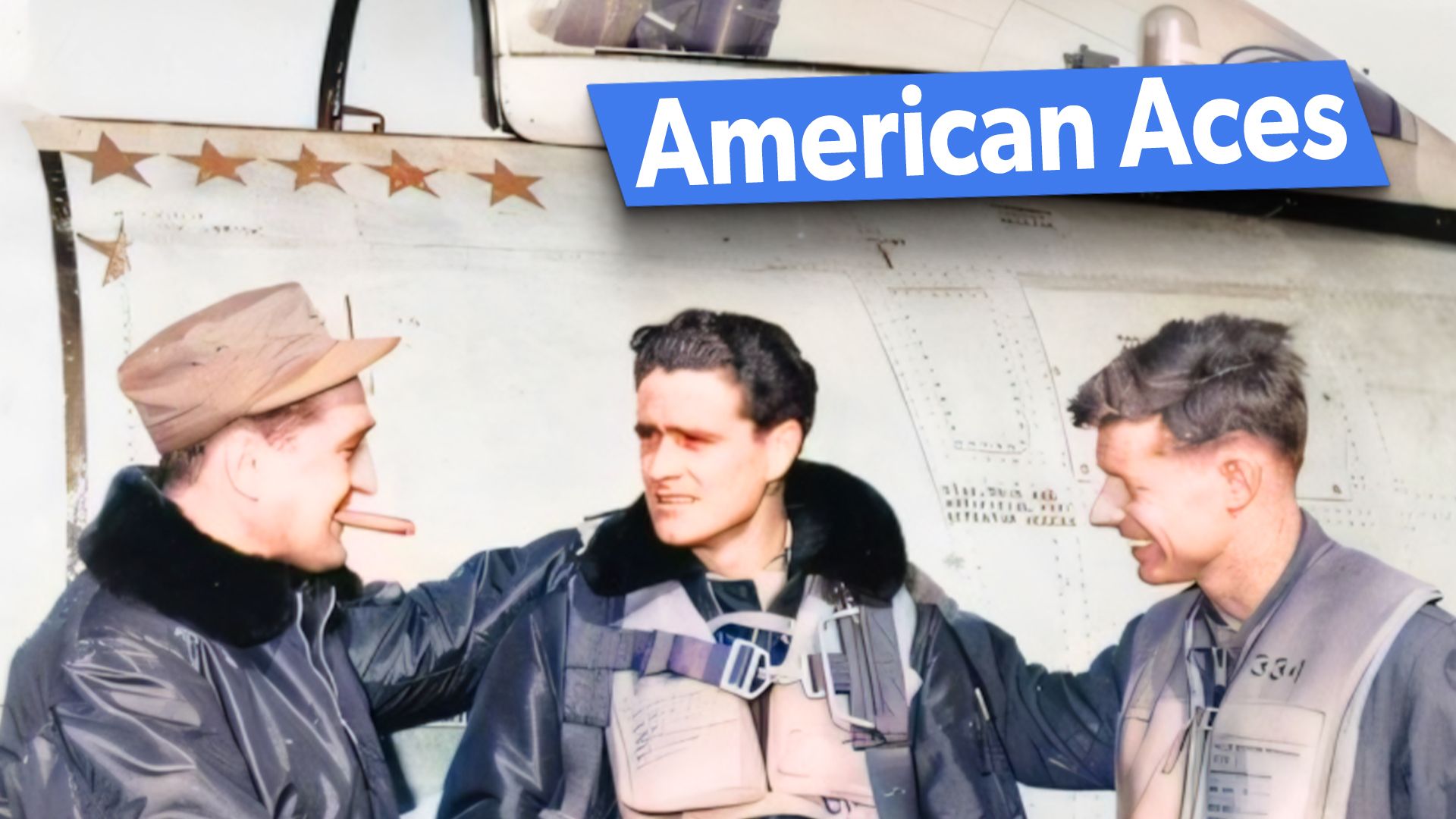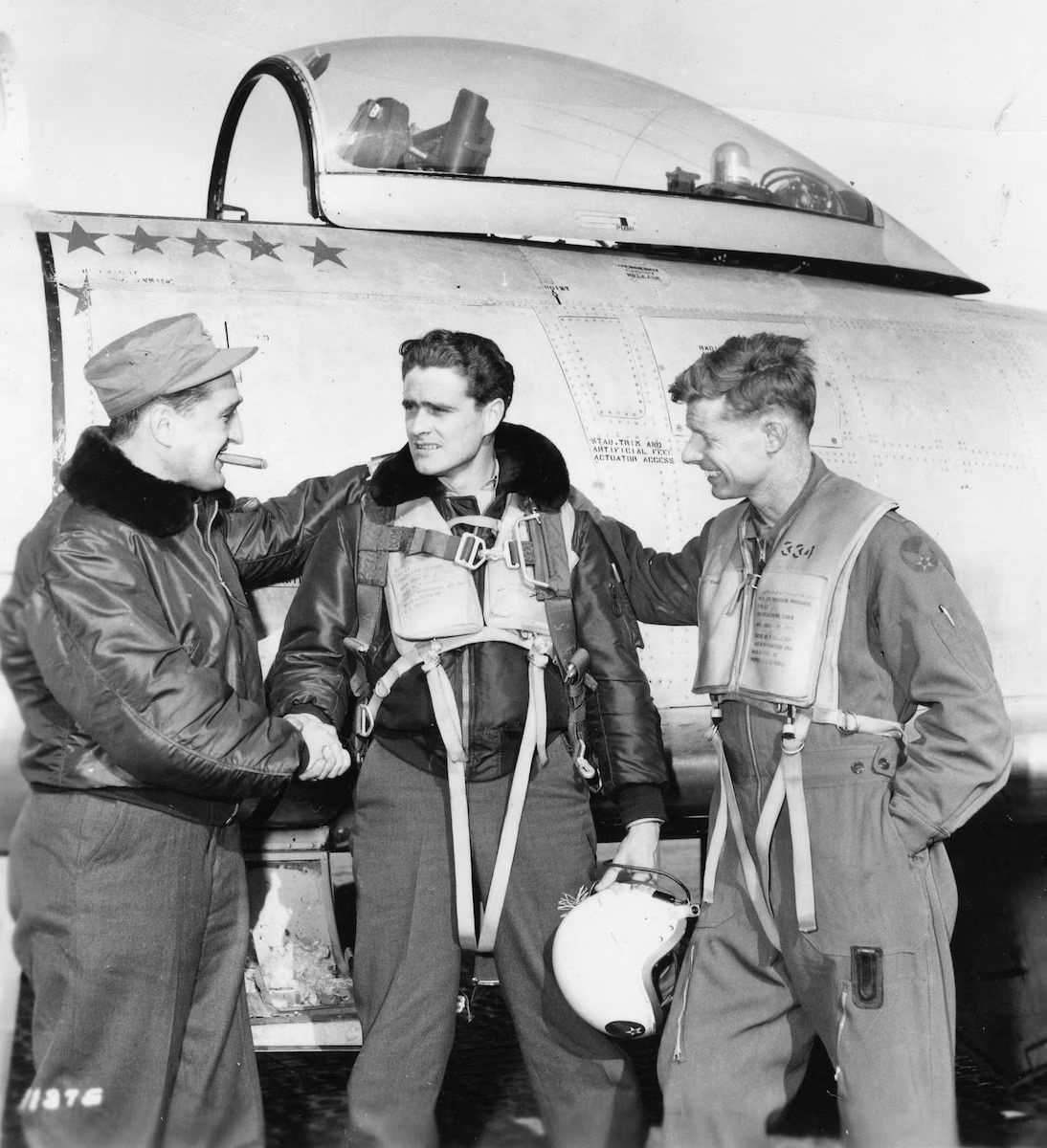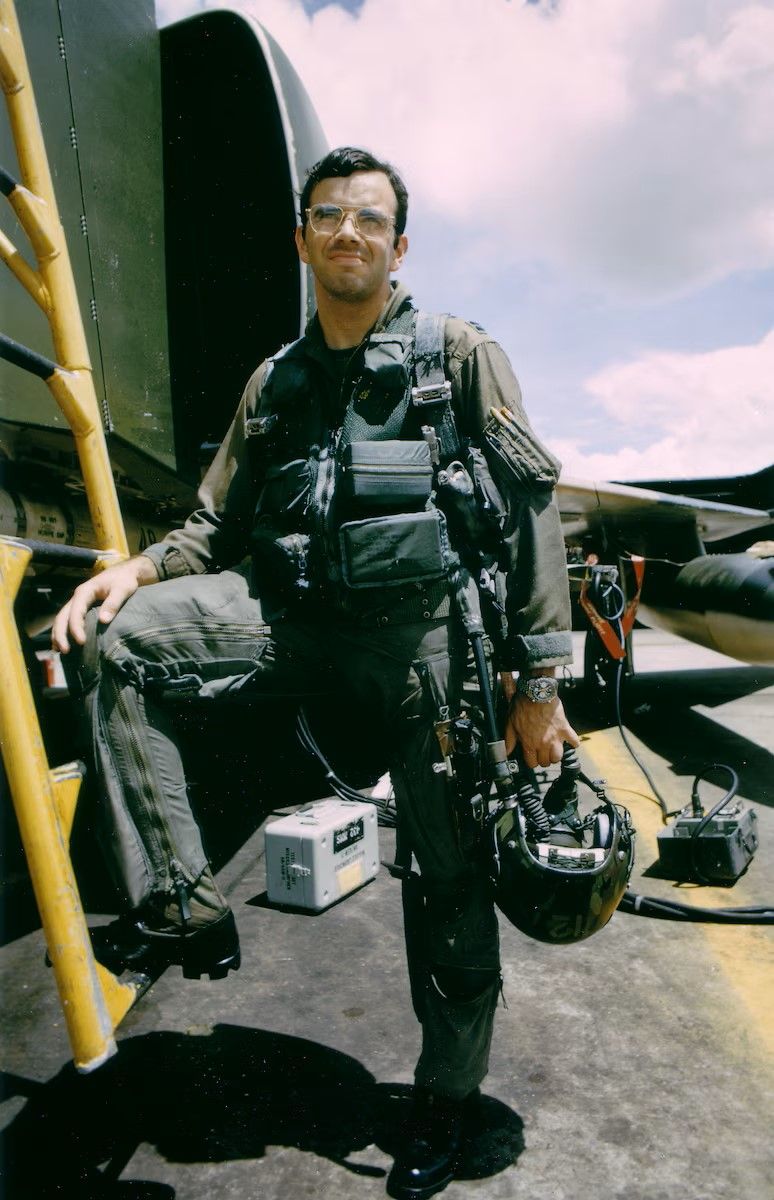Before we get to the two-part short answer, it would be useful to define what we mean by “ace.” For that, we turn to the American Fighter Aces Association (AFAA):
“An American Fighter Ace is a U.S. citizen who has served honorably as a fighter pilot in a U.S. military service or the service of a nation not at war with the United States (or others who flew as a member of a U.S. military service) who has destroyed five or more enemy aircraft in aerial combat.”
With that in mind, AFAA currently recognizes 1,447 US military pilots as aces. However, for the number of American air aces who are still alive, that number becomes much smaller: as of December 2022, only 14 of them (that’s nine-tenths of one percent) are still alive, according to Jonathan Lerhfeld of Air Force Times. The US hasn’t had any aces since the Vietnam War, which ended in 1975, so none of the survivors are proverbial spring chickens. Simple Flying now profiles a few of the ever-fewer living legends (as well as a recently departed legend).
AFAA notes that aces comprised an estimated mere 5 percent of all combat pilots, yet in World War II alone, they accounted for one-third of all enemy aircraft destroyed in air-to-air combat.
Brig. Gen. Richard Stephen “Steve” Ritchie, USAF (born June 25, 1942)
As far as I can ascertain, Brig. Gen. (Ret.) is the highest-ranking survivor on this list. He was, according to First Flight Society, the first and only Air Force Pilot Ace of Vietnam; the only other Pilot Ace was then-US Navy Lieutenant (now retired US Congressman) Randall Harold “Duke” Cunningham (born December 8, 1941), with three USAF Weapon Systems Officers (WSOs or “Wizzos”) and a USN Radar Intercept Officer (RIO) rounding out the remainder of America’s Vietnam War aces.
Flying a McDonnell Douglas F-44 Phantom II, “Steve” Ritchie shot down five North Vietnamese MiG-21 “Fishbed” jet fighters over the course of the war. In his own words (as quoted in a Smithsonian Magazine article with an unlisted publication date):
“I miss combat flying to this day…During the minute or so of a dogfight, most of what we did was due to instinct, reflexes, study of the latest intelligence, and on-the-job training..I would not be a fighter ace had it not been for tens of thousands of military and civilian personnel in the entire support community.”
Brig/ Gen. Ritchie retired from the USAF in 1999.
Lt. Col. Jeffrey S. “Fang” Feinstein, USAF (born January 29, 1945)
Speaking of the USAF “Wizzo” aces, Lt. Col. Feinstein merits the proverbial spotlight here by virtue of his status as the last of the five US aerial warriors to become an ace during the Vietnam War, and to date, is still the most recent aviator to achieve ace status in the U.S. military.
Then-Capt. “Fang” Feinstein bagged five Fishbeds as the WSO in an F-4D Phantom between April and October 1972. His final kill earned him the Air Force Cross, whose citation reads:
“On that date, while protecting a large strike force attacking a high priority target deep in hostile territory, Captain Feinstein engaged two enemy aircraft and destroyed one as they attacked the vulnerable chaff-dispensing flight. Having destroyed one of the aircraft and realizing that his wingman was coming under fire, Captain Feinstein continued his attack on the second enemy aircraft. This courageous and aggressive maneuver negated the immediate threat to his wingman and caused the second MiG-21 to flee the area in which he would constitute a threat to the strike forces. Through his extraordinary heroism, superb airmanship, and aggressiveness in the face of hostile forces, Captain Feinstein reflected the highest credit upon himself and the United States Air Force.”
Lt. Col. Feinstein retired from the USAF in 1996.
IN MEMORIAM: Col. Clarence E. “Bud” Anderson, USAF (January 13, 1922 – May 17, 2024)
Though this article has focused on *surviving* American aces, I would be remiss if I did not also include the most recent American ace to pass through the proverbial “pearly gates” onto Fighter Pilot Heaven. “Bud” Anderson was the last surviving American triple ace, with 16 kills, all attained during his WWII service in the US Army Air Forces’ (USAAF) 357th Fighter Group (AKA the “Yoxford Boys”) whilst flying his P-51 Mustang — affectionately nicknamed “Old Crow” — over the course of 116 sorties flown between November 1943 and January 1945.
Bud Anderson wasn’t the only high achiever amongst the Yoxford Boys; the group produced a whopping 42 aces and tallied up 600 Nazi German Luftwaffe aircraft destroyed, the most of any P-51 group in the Eighth Air Force and third among all groups fighting in Europe. The 357th was exceeded only by the 56th Fighter Group — with 665.5 aerial victories — which flew the P-47 Thunderbolt and included America’s top two aces in Europe, Col. Francis Stanley “Gabby” Gabreski (January 28, 1919 – January 31, 2002) and Lt. Col. Robert Samuel “Bob” Johnson (February 21, 1920 – December 27, 1998).
Bud Anderson retired from the US Air Force (USAF) in March 1972; during his final assignment, he flew the Republic F-105 Thunderchief (AKA the “Thud”) as commander of the 355th Tactical Fighter Wing during the Vietnam War, carrying out bombing strikes against Communist supply lines in Southeast Asia.
In December 2022, Col. Anderson received an honorary promotion to Brigadier General by USAF Chief of Staff Gen. CQ Brown. As the four-star said of the honorary one-star during the promotion ceremony:
“He’s kind of a wrecking ball of a guy.” (as quoted by Jonathan Lehrfeld of Air Force Times.
It was a very nice 100th birthday present for Bud Anderson, who in turn was quoted by Mr. Lehrfeld (regarding the “Old Crow” moniker for his fighter planes):
Spoken like a true fighter pilot, eh! R.I.P. and God bless, Clarence “Bud” Anderson, ’til Valhalla.



